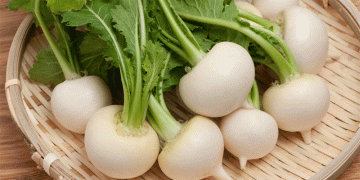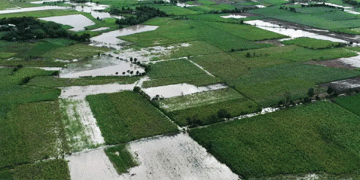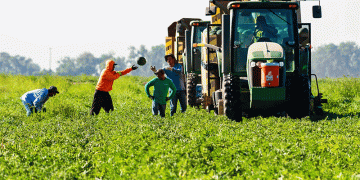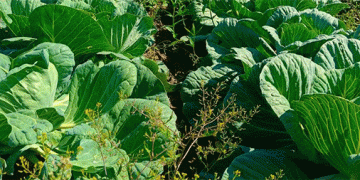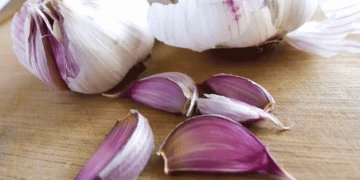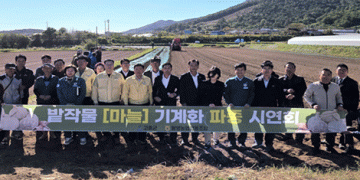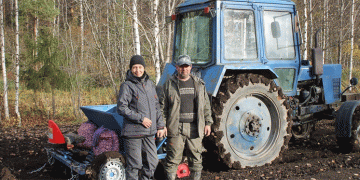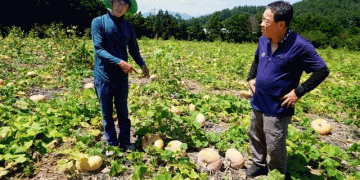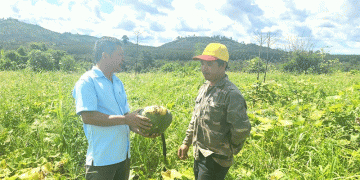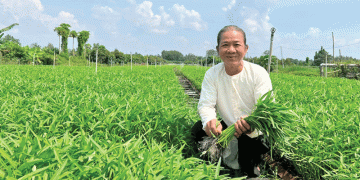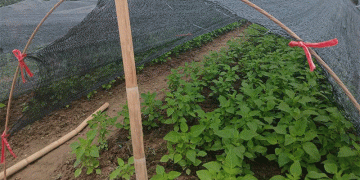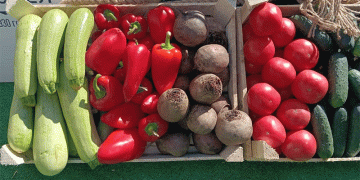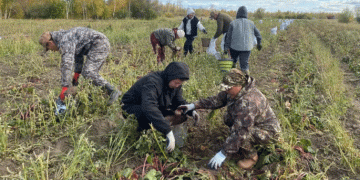A quiet revolution is underway in the Russian vegetable sector, centered on the humble turnip. After years of low interest, consumer trends toward healthy eating, particularly in large cities, have sparked a notable resurgence. This burgeoning demand is directly impacting farmgate economics; the price of turnip doubled from 15-20 RUB/kg in 2023 to 40-45 RUB/kg in 2024. Despite this, a supply gap persists, with a portion of the market still reliant on imports from Uzbekistan. This situation highlights a clear commercial opportunity for domestic producers to capture a growing, higher-value market.
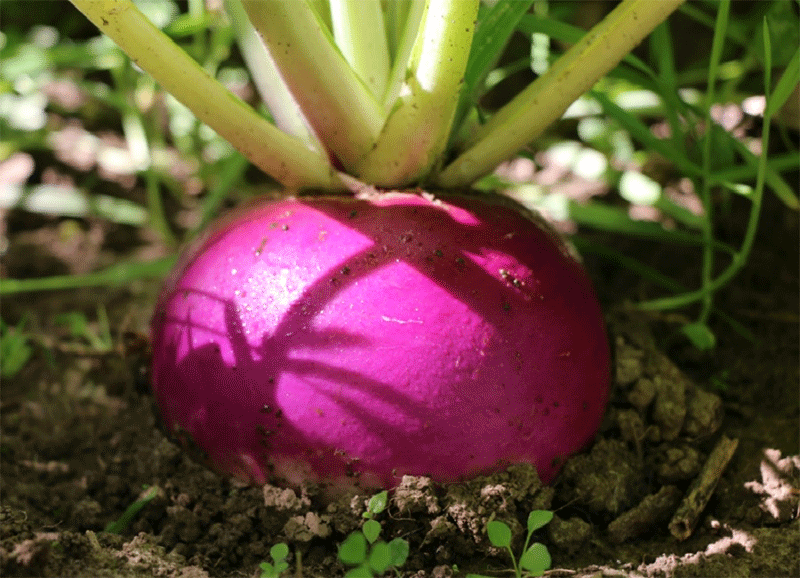



An examination of the genetic tools available to farmers, however, reveals a significant bottleneck. While the Russian State Register lists 37 turnip varieties, the newest additions registered since 2020—such as ‘Alba,’ ‘Ginga,’ and ‘Disco’—are all categorized for “garden-plot” use in “LPH” (personal subsidiary plots), not for large-scale commercial production. These varieties have valuable traits, including early maturity (45-66 days to harvest) and good yields (2.1 to 4.9 kg/sq.m). Some, like ‘Ivanovna,’ offer a 5-month storage life, and ‘Nevesta’ shows resistance to white and gray rot and powdery mildew. Yet, their classification indicates a breeding focus that has not yet caught up to commercial potential. This stands in contrast to other vegetable sectors where dedicated F1 hybrids are standard for their uniformity, vigor, and yield reliability. The reliance on imported seeds suggests that the current domestic offerings may not fully meet the agronomic needs—such as mechanical harvest suitability and uniform maturation—of a modern commercial vegetable operation.
The rising demand and price for turnips in Russia present a tangible market opening. However, capitalizing on this opportunity requires a parallel evolution in the crop’s genetics. The current gap in the State Register for commercially-oriented, high-performance turnip varieties represents a clear call to action for plant breeders and seed companies. For agronomists and progressive farm owners, this signals a niche with high-margin potential, but one that currently lacks the optimized seed technology to unlock reliable, large-scale production. The future of the Russian turnip market will be sown by those who invest in bridging this critical varietal gap.
